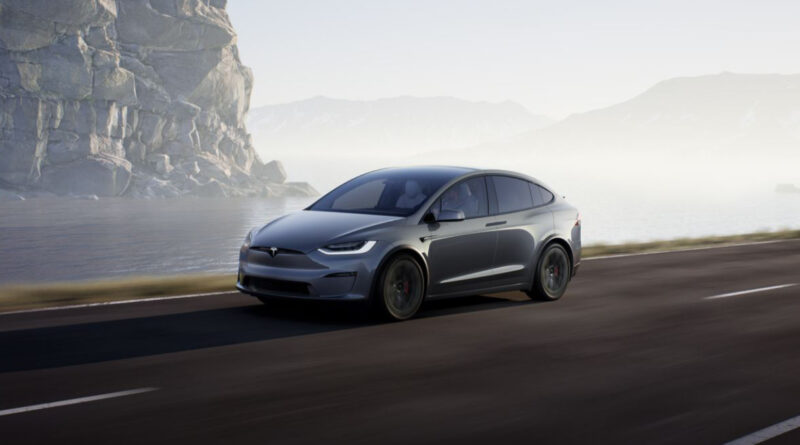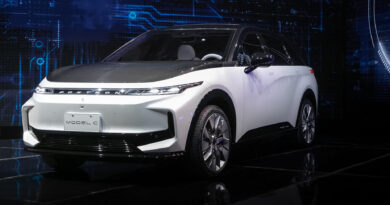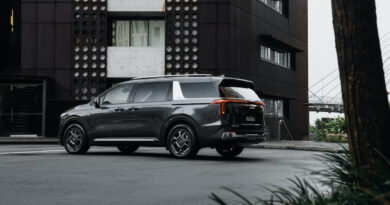Tesla Model X updated for 2022: tri-motor Plaid and yoke wheel
The Tesla Model X has been given a minor cosmetic update and had a high-performance triple-motor Plaid version added to its arsenal.
But Australian buyers will have to wait at least a year if they want to get their hands on the new model.
Like the recently-updated Model 3 and just-revealed Model S, the revised Model X gets black highlights outside instead of chrome, part of a subtle change that also ushers in new wheels (20-inch Cyberstream wheels standard or optional 22-inch Turbine).
But it’s inside where the biggest changes have taken place.
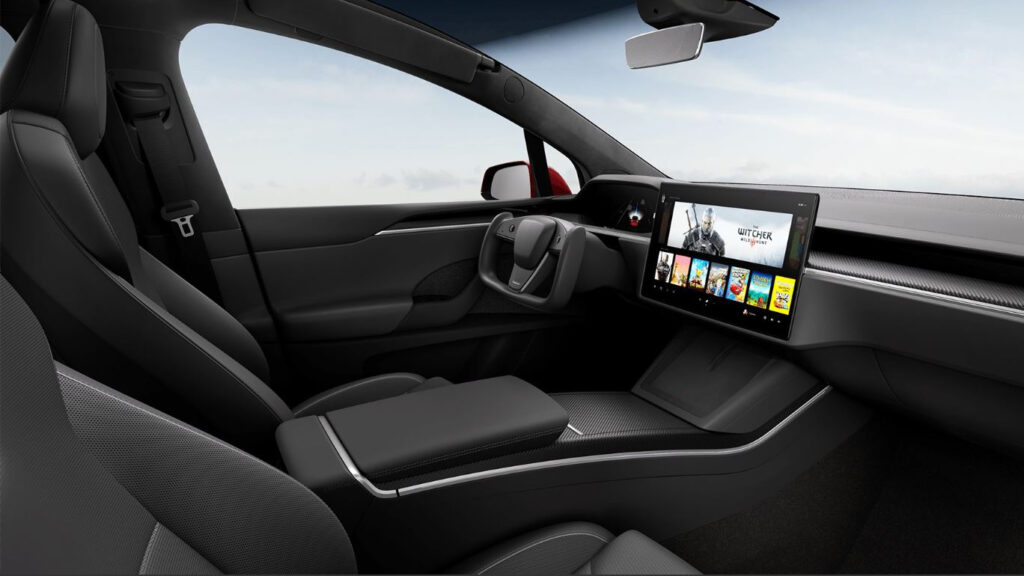
The new Model X does without a full steering wheel, instead getting an aircraft-inspired yoke that leaves the top of the wheel open.
The 17-inch central infotainment screen has also been spun to sit in a landscape configuration rather than the previous portrait setup.
There’s also now a smaller display screen for those in the rear.
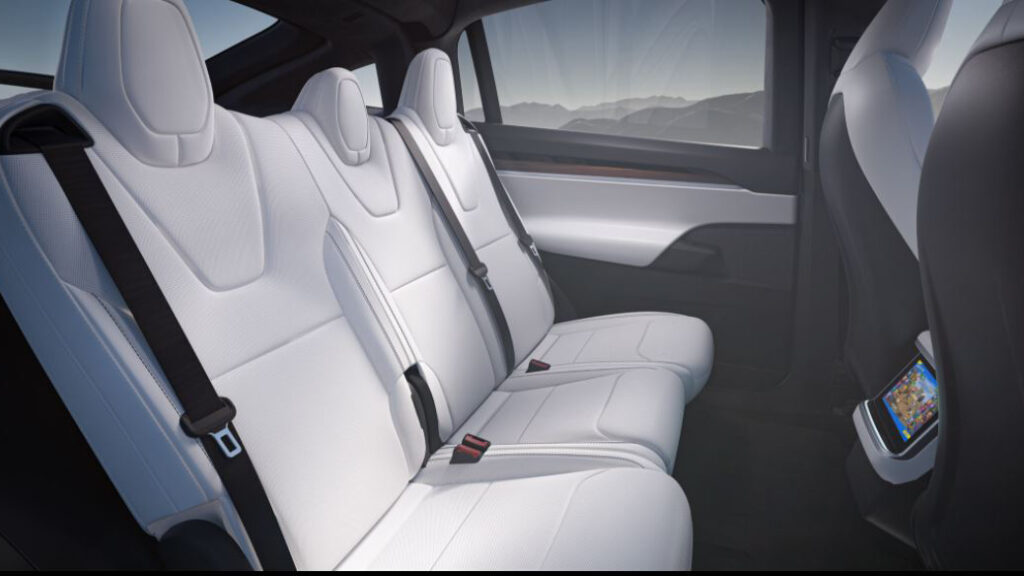
A new name has also been employed for the new Model X.
The entry-level two-motor Model X Long Range remains and is claimed to cover 580km between charges. It is priced from $149,990 plus taxes and on-road costs; add those in and it’s around $182,000.
The top-shelf Performance model has been replaced by the Plaid, which gets a third electric motor and is claimed to hit 100km/h in 2.6 seconds. The range is estimated at 547km.
Pricing for the Model X Plaid is $174,990 plus taxes, so about $216,000 drive-away.
Plus, there’s the choice of five-, six- or seven-seat layouts.
A six-seat layout with central captains’ chairs adds about $13,000 while the additional third row that maintains the standard three-seat bench seat ups the base five-seat price by about $7000.
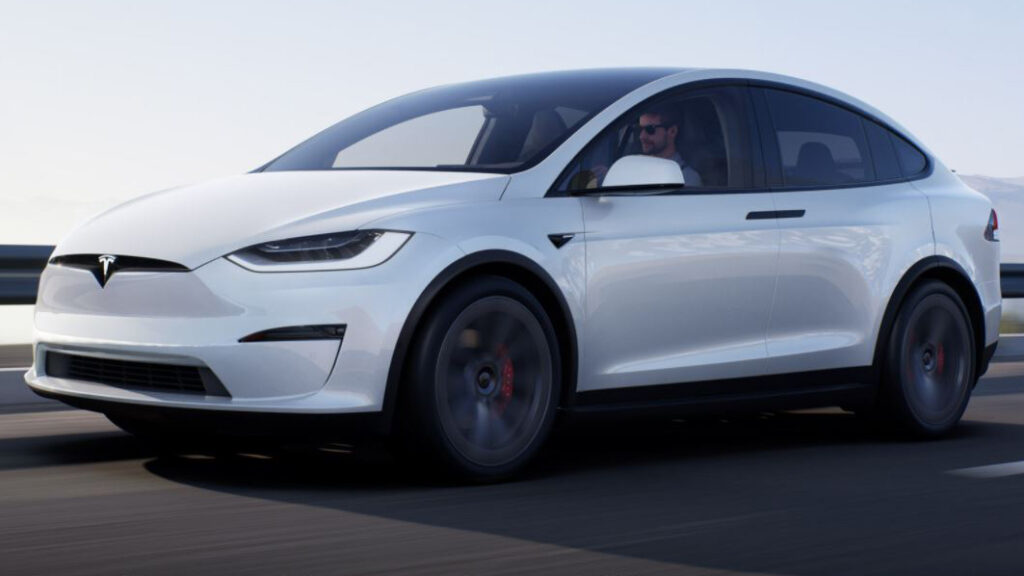
The driver assistance system marketed as Autopilot is standard but full self-driving adds $10,100 to the pre-tax price, ballooning to around $14,000 once those taxes are added in.
As with other Teslas, FSD is not full autonomous driving but allows remote and self-driving in some situations. It is not yet operational and Tesla says it is dependent on final development and testing and “regulatory approval, which may take longer in some jurisdictions”.
Like the Model S, the Model X also doesn’t have a gear selector, the first cars in the world to do without. It means the cars drop the stalks previously bought off Mercedes-Benz, instead reverting to computers to work out whether to go forwards or backwards.
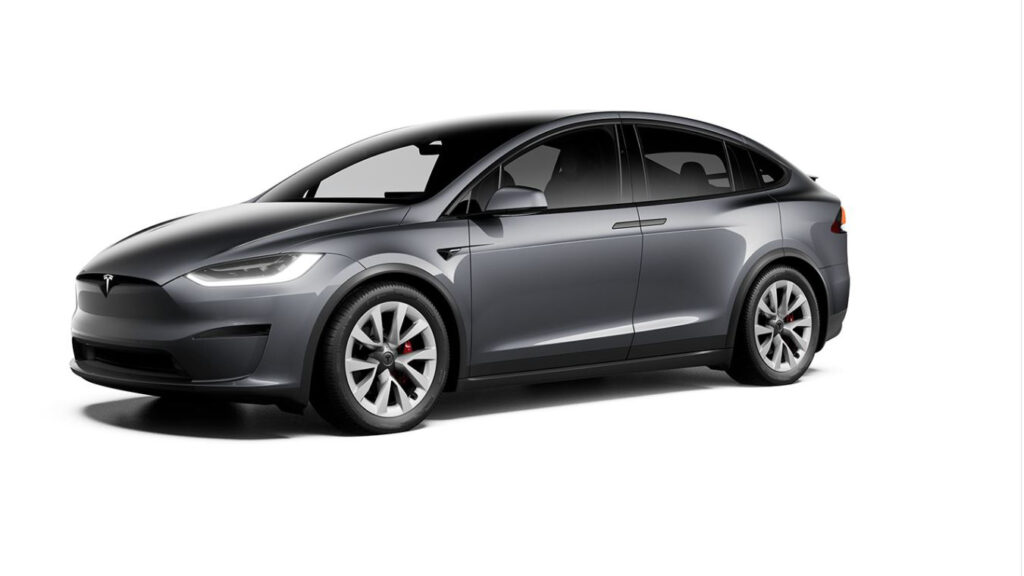
Tesla CEO Elon Musk tweeted that it “guesses drive direction based on what obstacles it sees, context & nav map”.
So the car is looking for other vehicles, walls and the mapping data to have a guess whether it should go in forward and reverse.
No doubt it won’t get it right every single time – and there may be occasions where you decide to back up after taking off because you’ve forgotten something.
But Tesla has apparently built in functionality to override the car through the central touchscreen.
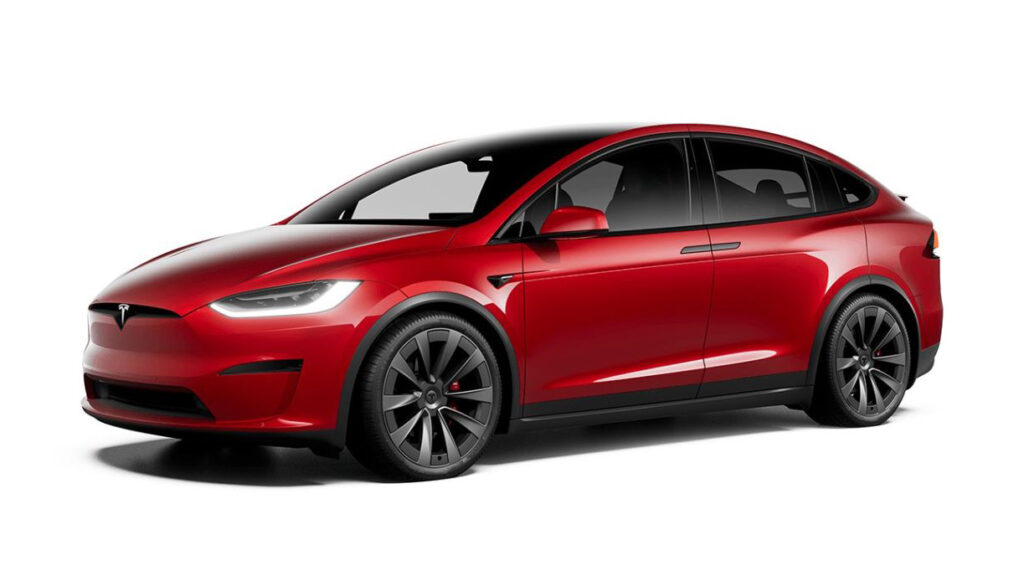
With Tesla confirming the new Model X won’t have any stalks off the steering column it also means it does without traditional indicators to signal a turn or lane change. Again, it appears to be down to guesswork, which appears to be a potential safety issue.
But don’t get too excited with splashing big on the new Model X any time soon. While Tesla Australia is currently taking deposits, the Californian factory it will be built in is currently not geared up for right-hand drive production of the revised Model X.
Tesla is suggesting the new Model X will arrive in 2022, although the company isn’t saying whether that is early or late in the year.
Tesla has a history of running late on new arrivals – the latest is the Tesla Roadster, which has been pushed back from its original 2020 promise to at least 2022 – so there’s every chance it will be later.

